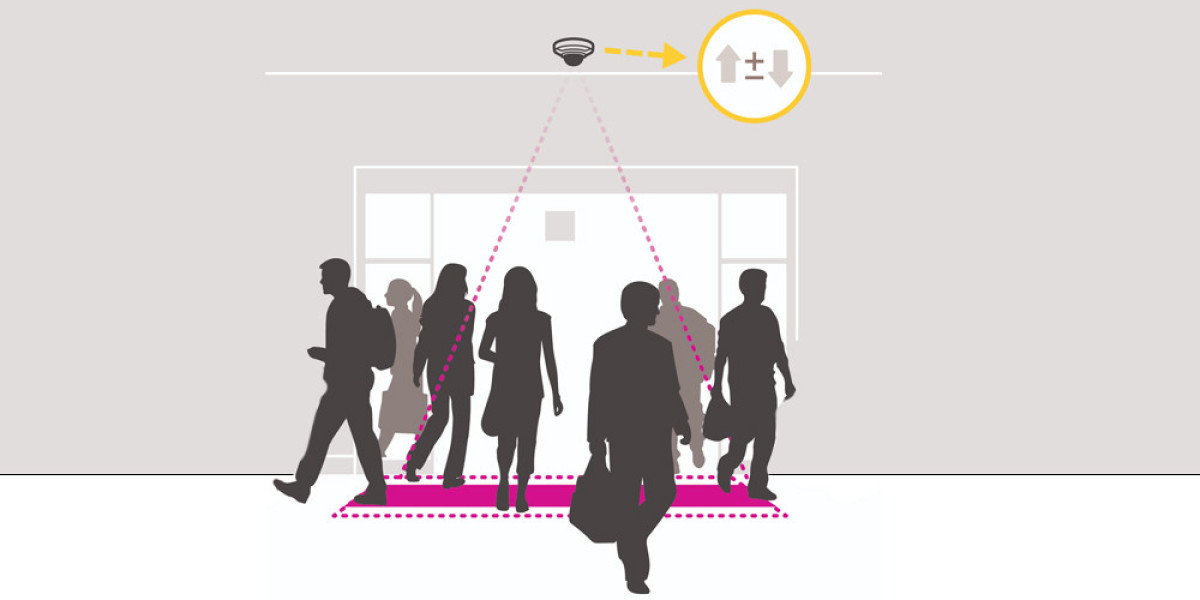The true scale of the people counting industry in the Asia Pacific region is staggering and can be best understood by looking beyond financial figures to its physical footprint and demographic context. The Asia Pacific People Counting System Market Size is defined by the hundreds of thousands of potential installation points in the region's megacities and burgeoning urban centers. The sheer density of human activity is on a different level compared to other regions. Consider a single metro system like the one in Shanghai or Delhi, which serves more people daily than the entire population of many European countries. Each station in such a network is a candidate for a multi-sensor deployment. The size of the market is therefore a function of this immense population and the massive infrastructure built to serve it, creating an addressable market of a scale that is simply unmatched elsewhere in the world.
From a commercial perspective, the market size is amplified by the colossal scale of retail and mixed-use developments. The Asia Pacific is home to the majority of the world's ten largest shopping malls. A single one of these mega-malls can have hundreds of entrances, zones, and individual retail tenants, all requiring people counting solutions. The decision by a single large mall developer or a major retail conglomerate to standardize on a particular technology can result in a deployment of thousands of units, representing a massive contract and a significant portion of the market. The continuous construction of these large-format retail destinations across the region provides a constant stream of large-scale opportunities that contribute significantly to the overall market size and attract major international and local players to compete for this business.
The market size is also a reflection of the number and diversity of countries within the region. The Asia Pacific is not a monolithic market. It is a collection of over 40 countries, each with its own economy, regulatory environment, and level of technological maturity. The total market size is the sum of these individual national markets. This includes highly advanced, high-value markets like Japan, Singapore, and Australia, where demand is for sophisticated AI-driven analytics. It also includes high-volume, high-growth markets like China and India, where massive infrastructure projects are the main driver. And it includes the rapidly emerging markets of Southeast Asia, such as Vietnam, Indonesia, and the Philippines, which represent the next frontier of growth. This diversity creates a resilient and multi-layered market, with different growth drivers and opportunities present across its vast geography.
Ultimately, the size of the Asia Pacific market is a story of potential. While the current installed base is already large, it represents only a small fraction of the total potential deployment sites. The vast majority of small and medium-sized businesses, public buildings, and transportation hubs have yet to adopt this technology. As the cost of the technology decreases and its benefits become more widely understood, the penetration rate is expected to increase dramatically. The process of equipping the region's immense and still-growing physical infrastructure with smart analytics technology is still in its early stages. Therefore, the true size of the market lies not just in its current state but in its enormous, largely untapped potential for future growth and expansion in the decades to come.








